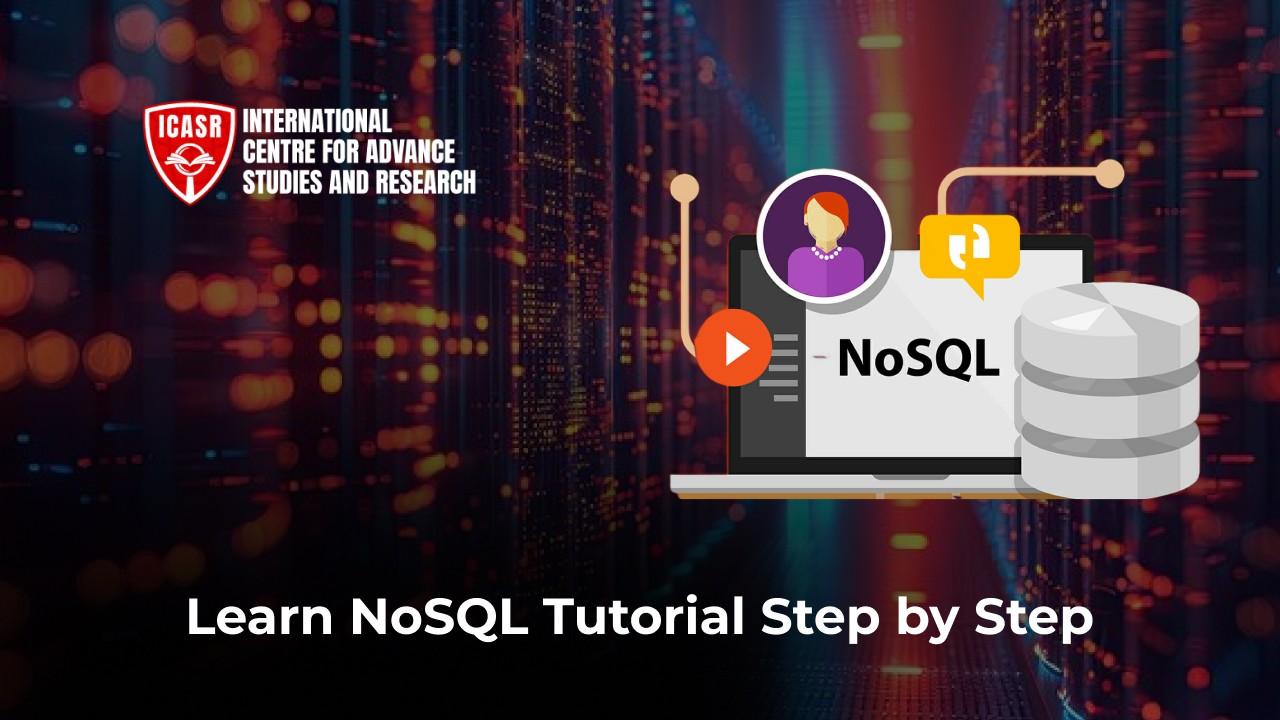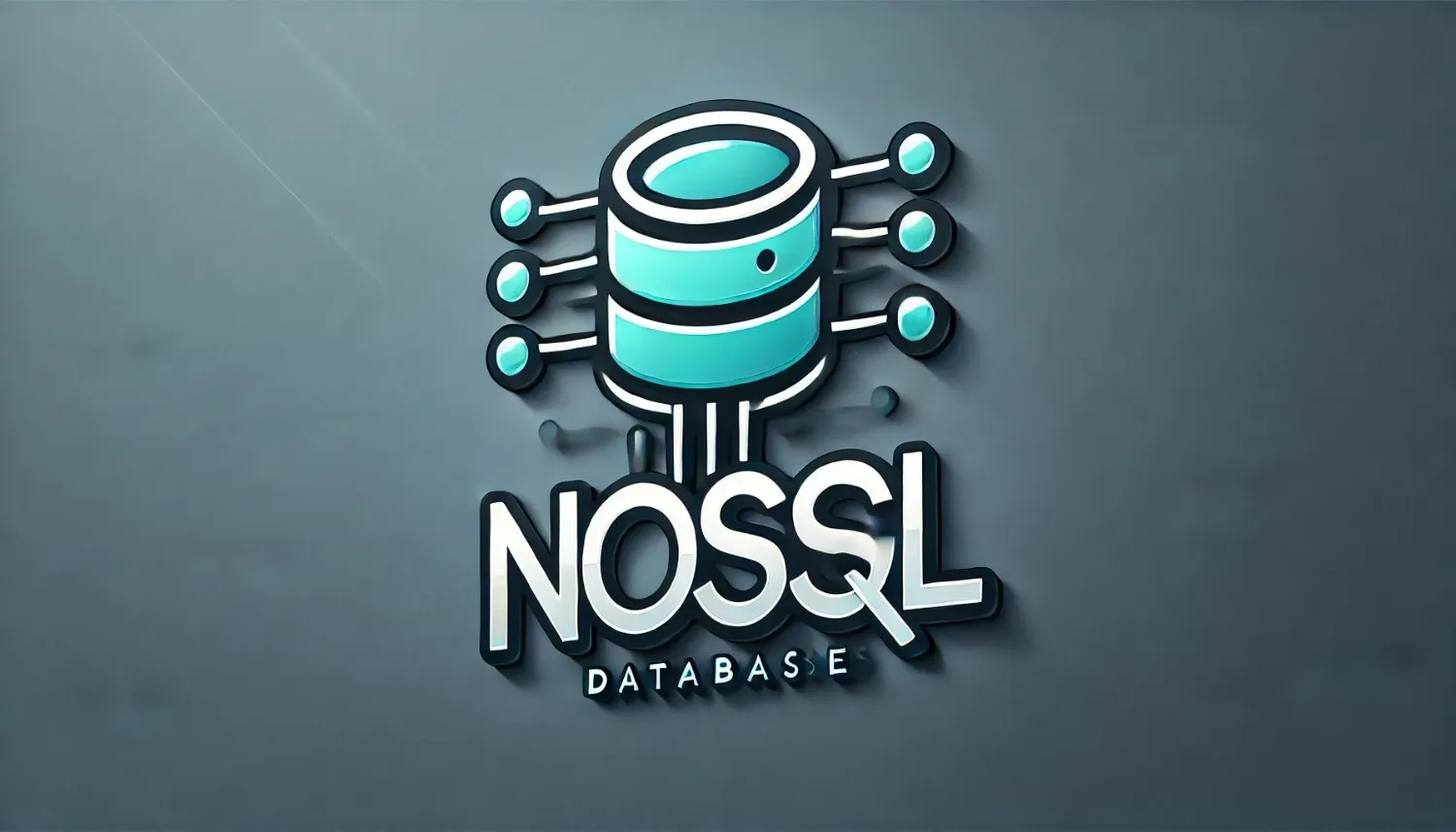A practical Step-by-step tutorial for NoSQL Aspirant.
In case you are looking to learn about NoSQL, then you have come to the right place where you will find a foundational understanding of NoSQL that, as a learner, you should have. This quick tutorial focuses on learning about what NoSQL is, how it is different from other SQL Databases, how you can choose the right type of NoSQL for your app, the key principles of data modeling in NoSQL, and much more.
Understanding NoSQL Step-by-step
Imagine handling a large volume of data that is unstructured. It is quite difficult with other traditional relational database management systems, and thus, NoSQL comes into play. Where it resolves this issue with its flexible data models, which can easily adapt to the rapid changes happening in the structures of the databases and handle growing data easily by keeping it scalable. Unlike traditional SQL databases, which use a structured schema to store the data, NoSQL doesn't need a schema to store any data.
Comparing ACID vs. BASE
When it comes to comparing ACID and BASE, you must have knowledge about transactions in DBMS, a transaction in a database is a task that is performed by the users whenever their is a need of data to be accessed or modified with a set of specified rules in systematic approach and here the user can make different types of requests and for that the database need to be Read, Write, Commit and Rollback.
Based on transactions, there are two types of database models: ACID and BASE. ACID prioritizes consistency, while BASE prioritizes availability. Let's learn more about these two transactional database models by comparing their features.
ACID Model:
- Full form: Refers to Atomicity, Consistency, Isolation, and Durability.
- Scale: because it focuses on consistency, it is hard to scale.
- Flexibility: They are less flexible when it comes to handling data.
- Performance: There may be performance issues when it comes to handling a high volume of data as it is processed consistently.
- Synchronization: To commit any changes, requires a synchronization mechanism to reflect them in records and lock the particular data until the transaction is completed or discarded.
- Use case: it would be ideal for an enterprise application that requires data consistency, reliability, and predictability.
BASE Model:
- Full form: Refers to Basically Available, Soft State, and Eventually Consistent.
- Scale: Because there is no strictness towards consistency, it can be easily scaled.
- Flexibility: These databases are more flexible. Rather than imposing restrictions, it allows modifications.
- Performance: These can process data at any time, eventually reducing wait time and improving database throughput.
- Synchronization: here, it runs without locking data and synchronizing them.
- Use case: Ideally, it is great for online analytical processing and high data volumes applications.
Understanding NoSQL Database.
What is NoSQL?
NoSQL sometimes refers to not only SQL, which gained popularity because of its simple design, horizontal scalability, and flexibility. It can be categorized into Document databases, Key-value stores, Column-family stores, and graph databases. NoSQL is great for applications that need to process and generate data in real-time, such as social media, e-commerce, gaming, stock, and finance.
You can understand from this that NoSQL uses a file-based database that is non-relational in nature. It was conceptualized in 1998 when Carlo Strozzi used this term for the first time for its open-source database.
How does it differ from traditional SQL databases?
It may confuse you about the key difference between NoSQL and other traditional SQL databases, so below are some of the critical differences you may find.
- Where SQL databases are relational, you can find NoSQL databases non-relational.
- Other SQL databases use SQL, and they have a pre-defined schema. On the other hand, the dynamic schema is used for unstructured data in NoSQL databases.
- You can scale your data horizontally in NoSQL, whereas SQL databases are vertically scalable.
- NoSQL databases have four major categories: document, Key-value, graph, and column-family, but SQL databases are just table-based.
- SQL databases are used for multi-row transactions, whereas NoSQL is great for unstructured data like documents.
How do you choose the right type of NoSQL database for your application?
Read the following points, which will outline a framework that will help you choose the right NoSQL database type for your application.
Choose the data model: These are the four data model types used in NoSQL.
- Document: This is for flexible schemas with complex querying, and it uses JSON/BSON or XML data format.
- Key-Value: For simple schema with high velocity read/write when no complex queries are involved.
- Column-Family: This is for processing a high volume of data with less read velocity. Data is extracted by columns, and no ad-hoc query patterns are present.
- Graph database: This database focuses on the relationship between data points, making it ideal for complex query handling and detecting patterns between data points.
On the basis of Scalability: NoSQL databases offer scalability in two ways: Horizontal Scaling and Vertical Scaling.
Consistency model: NoSQL databases have a few consistency models that are-
- Strong Consistency: In this, read request returns the most recent write but may affect performance.
- Eventual Consistency: Offers improved performance but allows lag in consistency.
- CA, CP, or AP: As per the CAP Theorem, based on characteristics, determine which DB suits your application.
Others: Query language. Performance and latency, ecosystem and integrations, cost and licensing, security, data backup, and recovery.
What are the key principles of data modeling in NoSQL?
When it comes to processing data modeling in NoSQL, there is a need to understand the basic key principles of data modeling in NoSQL, which are given below this line. Since the process of identifying entities along with their relationships in the database is said to be data modeling, these works on three basic principles is
- Ignore Duplicacy of data: By switching the view from the data-first approach to the query-first approach. Here, data may duplicate across the rows will not be an issue as long as the query is delivering information.
- Storing relevant data in a single table: No matter which database you choose, data will be stored in a specific table, document, or other area, and there would be no need to call the database each time users request multiple times.
- Flexible database schema: During data modeling, the user can modify any data in any mode because of the denormalization.


